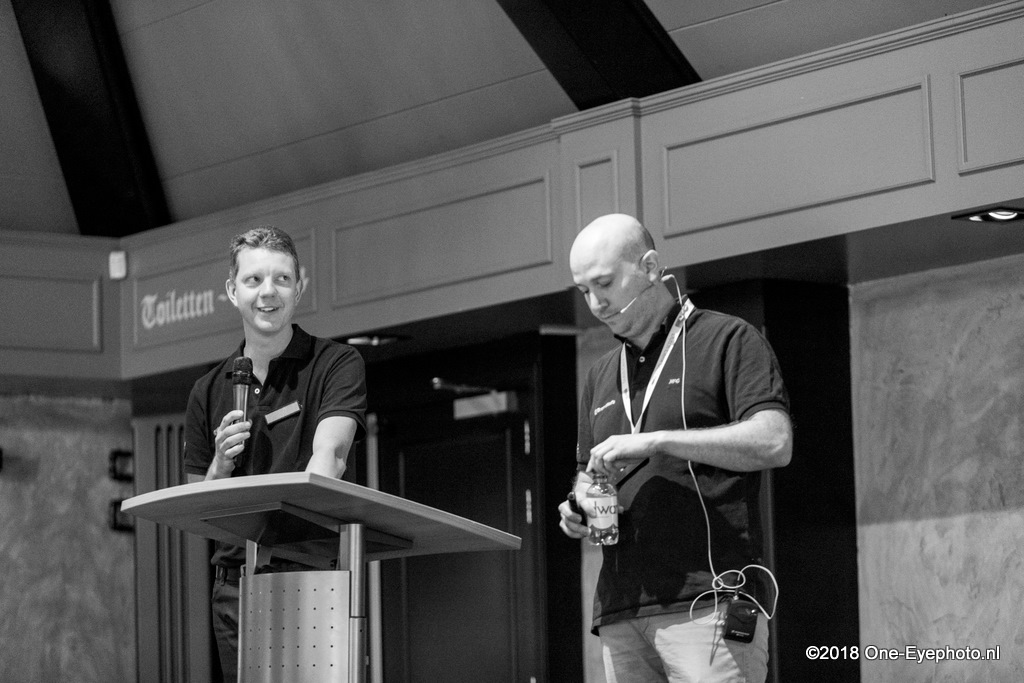Unattended Installation scripts XenDesktop 7.x Part 3
- Details
In the second part I shared the scripts and RES One Automation Building Blocks to install unattended a PVS based XenDesktop 7.6 Server VDA. In part 1 the scripts for the Delivery Controller were shared. In this part three article I will show/share the unattended scripts for StoreFront and Director.
Read more: Unattended Installation scripts XenDesktop 7.x Part 3
Unattended Installation scripts XenDesktop 7.x Part 2 (including RES One Automation Building Blocks)
- Details
In part 1 I shared my unattended script for installing the Citrix XenDesktop Delivery Controller component including a small script to join an existing XenDesktop site. In this article I will share my scripts for the Virtual Desktop Agent (VDA) including the PVS Target Device software, VDA Optimization and Default User Profile Optimization. Those scripts are also available as a RES One Automation Building Block.
Unattended Installation scripts XenDesktop 7.x Part 1
- Details
As many people already stated it’s important that you automate repeating tasks as much as possible. Therefore I already published articles in which I shared scripts to install unattended Citrix products like Citrix XenApp 6.5 and Citrix Provisioning Services 6.1. With the release of XenDesktop 7.x I see a shift that only the VDA component is installed unattended and most times the Delivery Controller, StoreFront are installed manually. Also several people already published blogs about the (basic) silent parameters of the XenDesktop installation. So you can wonder why I’m also publishing the scripts. Mainly because I also added additional installation checks including additional hotfixes and updates. I also have RES One Automation blocks available for the installation part of the VDA (including PVS Target Device software) and that part is not yet (much) available in other posts.
Read more: Unattended Installation scripts XenDesktop 7.x Part 1
Failover (im)possibilities of XenDesktop 7.x Part 3 After the XenDesktop 7.7 release
- Details
In the earlier article series Failover (im)possibilities I wrote down how fail-over could be done in the past (aka as the XenXApp 6.5 era), how it’s currently can be done (and what’s missing in comparison with the past) in XenDesktop 7.5/7.6, the near future based on current available Technology Previews (XenDesktop 7.7) and enhancements that Citrix could make in our vision. On 28 December 2015 Citrix released the XenDesktop/XenApp release. In this article I’m taking a look if the features available in the used Technology Preview are available/implemented as expected. Secondly I’m describing the (im)possibilities of the Zones feature that was mentioned about a month ago, which was not available in the (public) Technology Previews.
Read more: Failover (im)possibilities of XenDesktop 7.x Part 3 After the XenDesktop 7.7 release
Failover (im)possibilities of XenDesktop 7.x Part 2
- Details
In this article series I’m describing the Failover possibilities within the XenDesktop product based on the server components. In part 1 <<LINK>> I started explaining shortly the differences between Load Balance and Fault Tolerance, followed to mention that one is none for the components. For each component at least two machines should hold the functionality. As the article is about (disaster) failover in the case of two or more datacenters the article continued quickly describing the component, where the past, the current situation, the near future and wishes per component are described. In part 1 the database and the access portal were discussed. In this article I will continue with the Published App/Desktops (aka VDAs) and the PVS infrastructure.
Read more: Failover (im)possibilities of XenDesktop 7.x Part 2
Selecting a Monitor solution for SBC/VDI infrastructures Part 2
- Details
In the first part article I started describing the steps to select a monitor solution for a SBC/VDI infrastructure. In that first part I described the first two steps. The first step is determine the actual information needs, which leads to a wish list. This wishes are categorized on importance based on the MoSCoW principle. After all wishes are known step 2 can be done, checking if there is already a product and/or functionality is available within the organization that can fulfill the wishes. If a product is available you can stop the selection process and focus on implementing/improving the product or functionality already available. If the outcome is that additional tooling is required we can continue with step 3, which is actually the start of this second part.
Read more: Selecting a Monitor solution for SBC/VDI infrastructures Part 2
Multi Factor authentication with SMS Passcode without sending an (actual) SMS
- Details
Multi faction authentication (nowadays multifactor authentication) is becoming majority in the upcoming years. One of my favorite product is SMS Passcode, which is on the market for years. SMS Passcode offers multi factor authentication for a big range of available products/solutions in the market. Besides it is really easy to implement, within a few hours the environment is up and running. The default delivering method is sending a SMS via your own GSM modems. However within several datacenters the connection of GSM modem is difficult. Therefore SMS Passcode has the possibility to use an external SMS provider an alternative. However when you the companies offering a Desktop/Application as a Service the cost of the SMS (both with GSM model as SMS service provider) can be a bottleneck as the users don’t belong to the same organization (and cannot have a company subscription). However for this challenge SMS Passcode has a solution together with Acision (formerly named as MindMatics). In this article I will describe the solution and how to configure it.
Read more: Multi Factor authentication with SMS Passcode without sending an (actual) SMS

